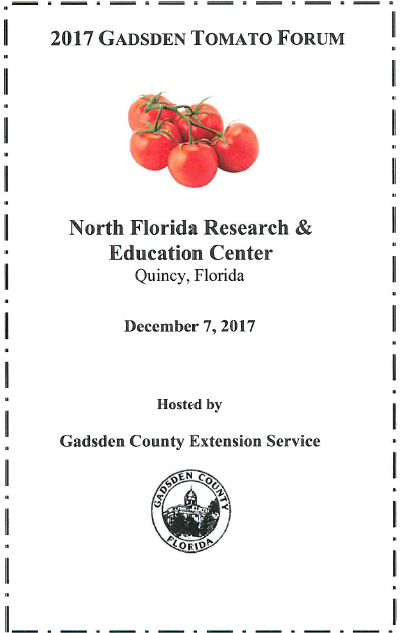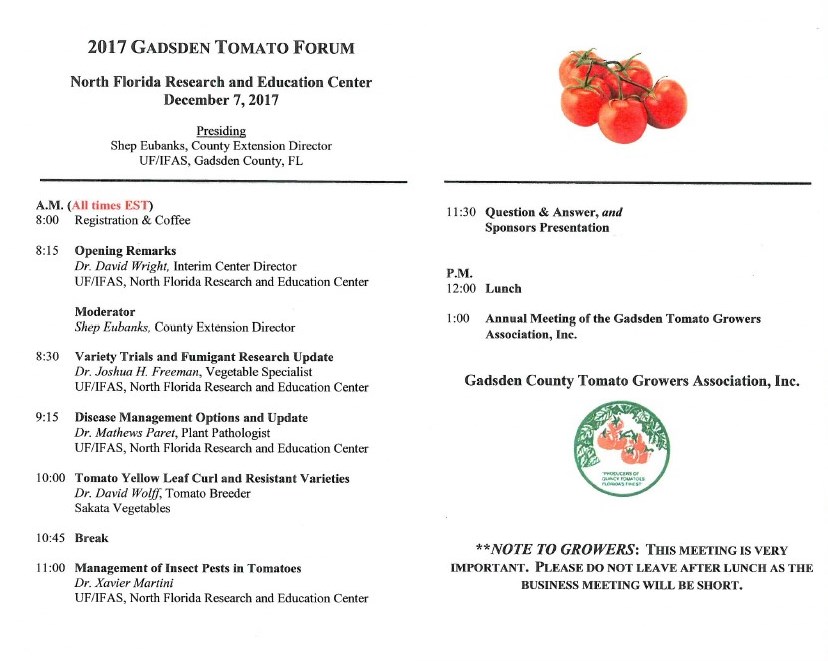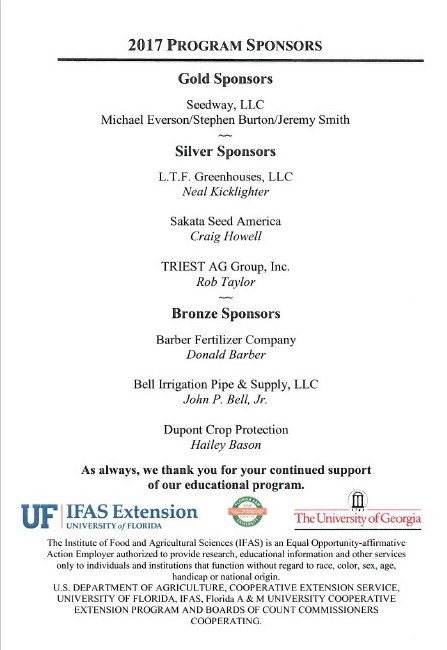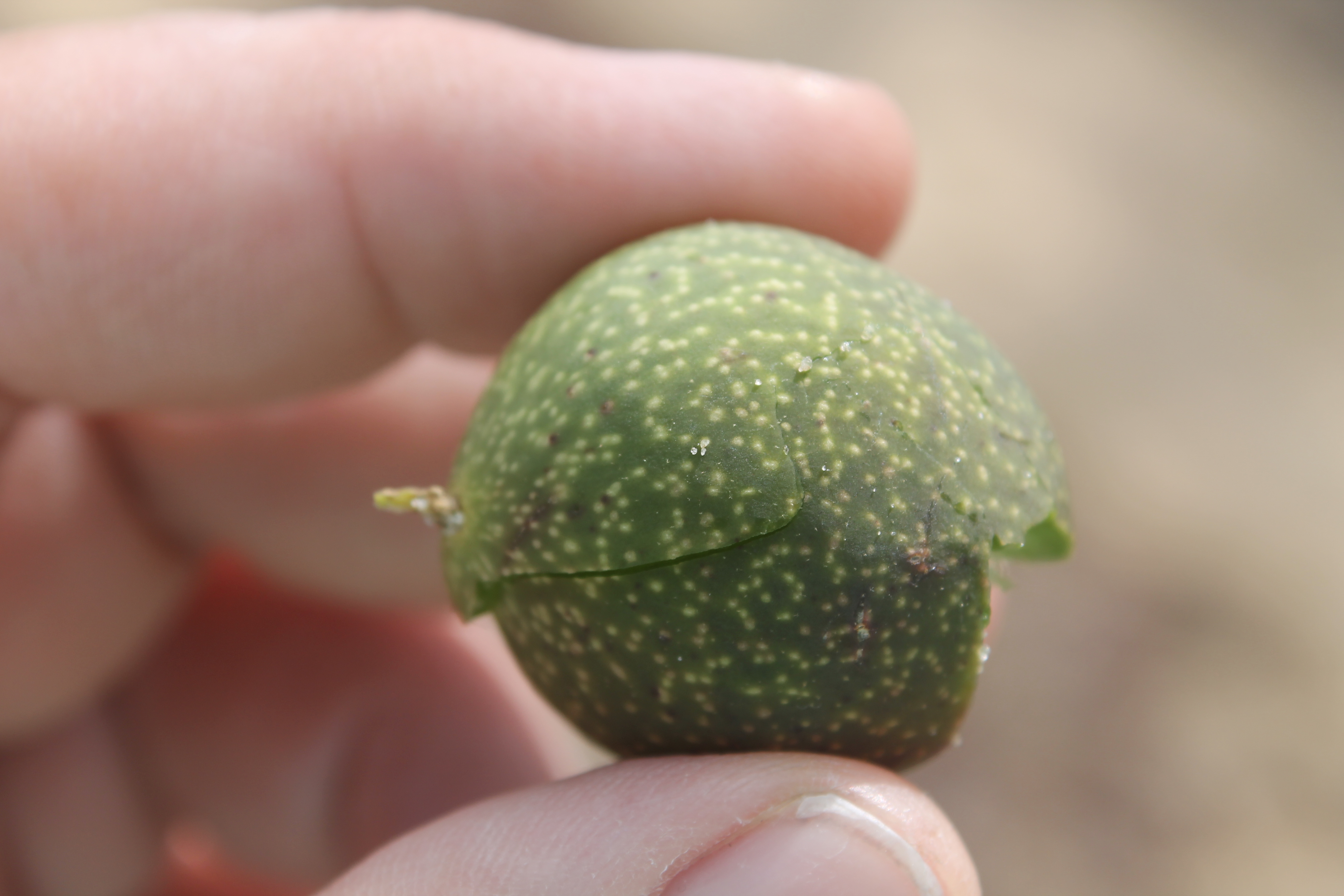
by Matthew Orwat | Jul 23, 2018
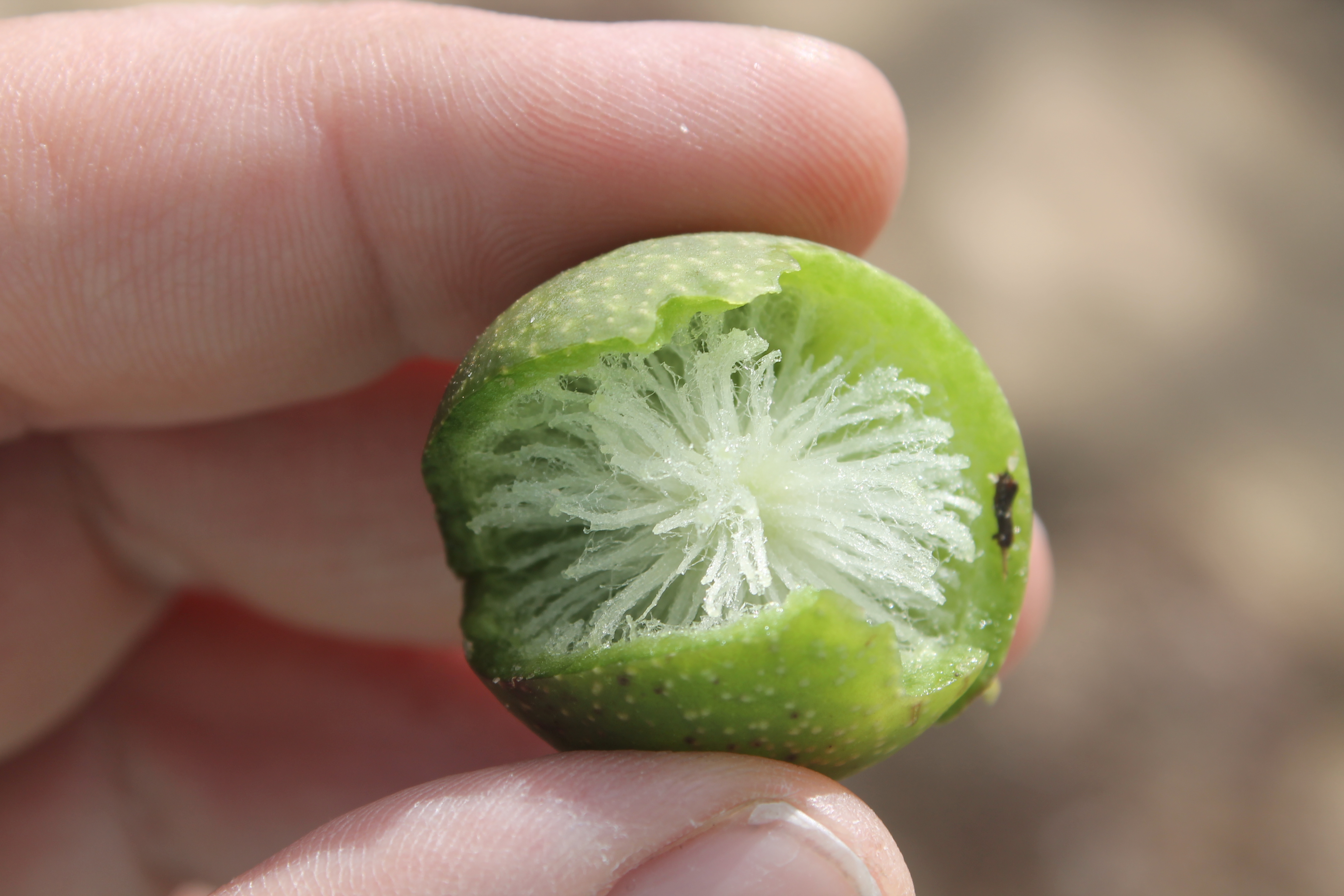
Gall caused by a wasp in the Cynipidae on Water Oak.
Humans usually believe that we have a mastery of the natural world, and know everything about it. More often than not, nature tricks us with illusions that play on our pre-conceived notions about plant life. We are conditioned to believe that everything hanging from a tree must be a fruit or nut of some sort, so much so that a wasp gall hanging from a common water oak can change our perception of that plant, making us think that it is a rare or unusual species of plant we have never seen before.
Several different species of wasps in the family Cynipidae (at least 50 different species in the continent of North America) produce fruit-like galls on various species of oaks, which are also known as oak apples. They are green or brown, depending on the species that created them, and largely hollow inside.
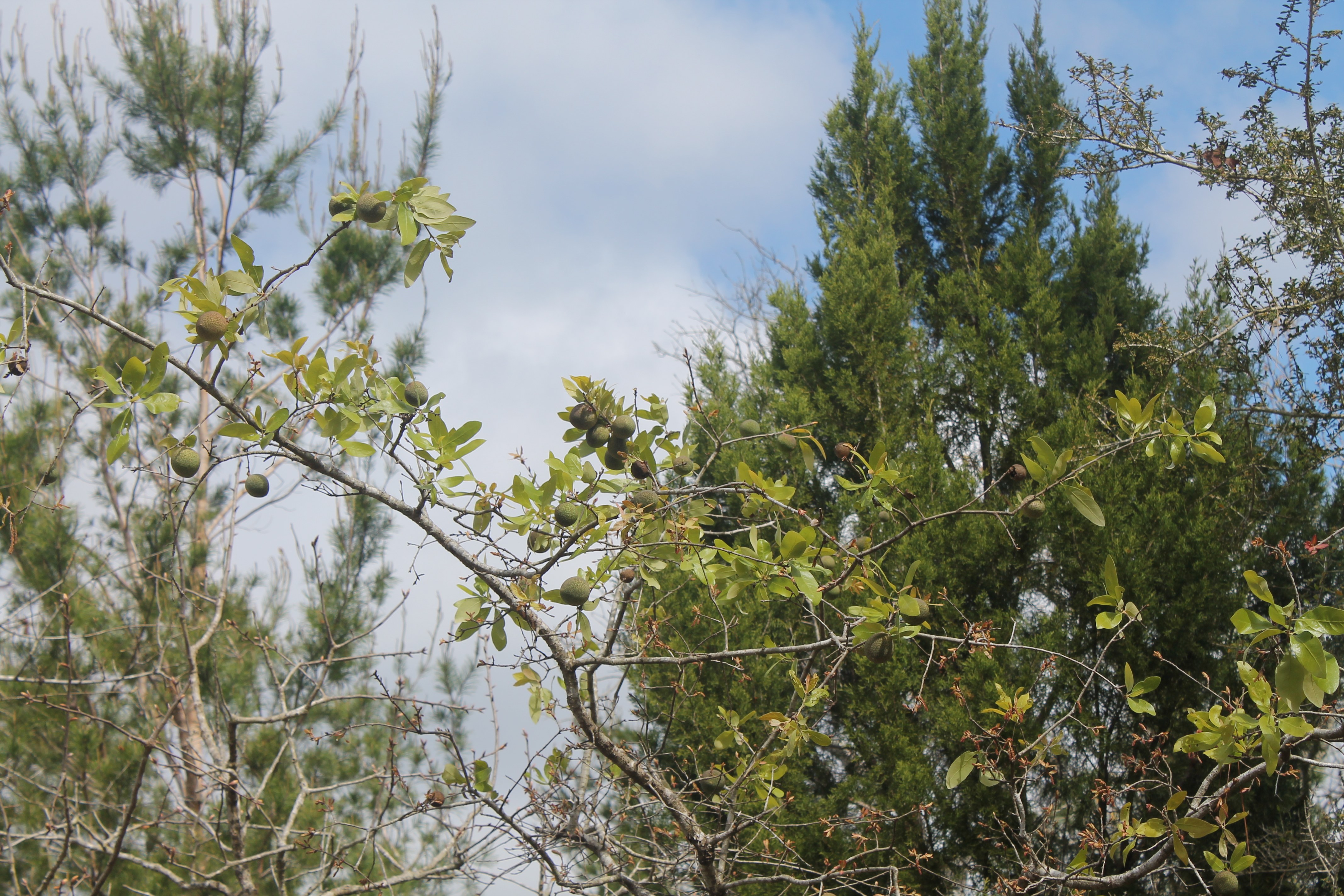
Galls on an immature Water Oak
When the wasp lays eggs on oak leaves, the eggs hatch and larvae cause the leaf tissue to be altered for their purposes. These galls provide shelter and nourishment for the developing larvae until they are ready to emerge and fly out of the center of the gall. It demonstrates a great survival strategy for an otherwise defenseless insect. The adult form of these wasps is no larger in diameter than the thickness of an old fashioned silver coin.
So, the next time you are out in nature and notice something unusual or out of place, it might be an insect gall!!
For additional information please read this excellent article “Oak Apples and the Gall Making Process”, by Joe Boggs at Ohio State University Extension

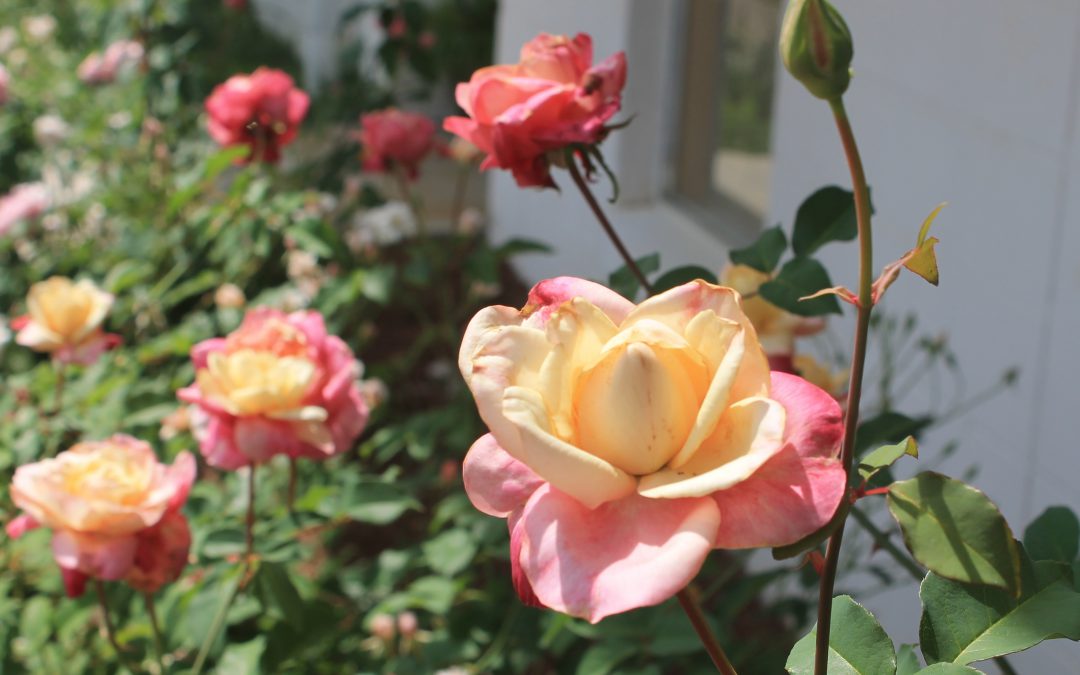
by Matthew Orwat | Apr 17, 2018
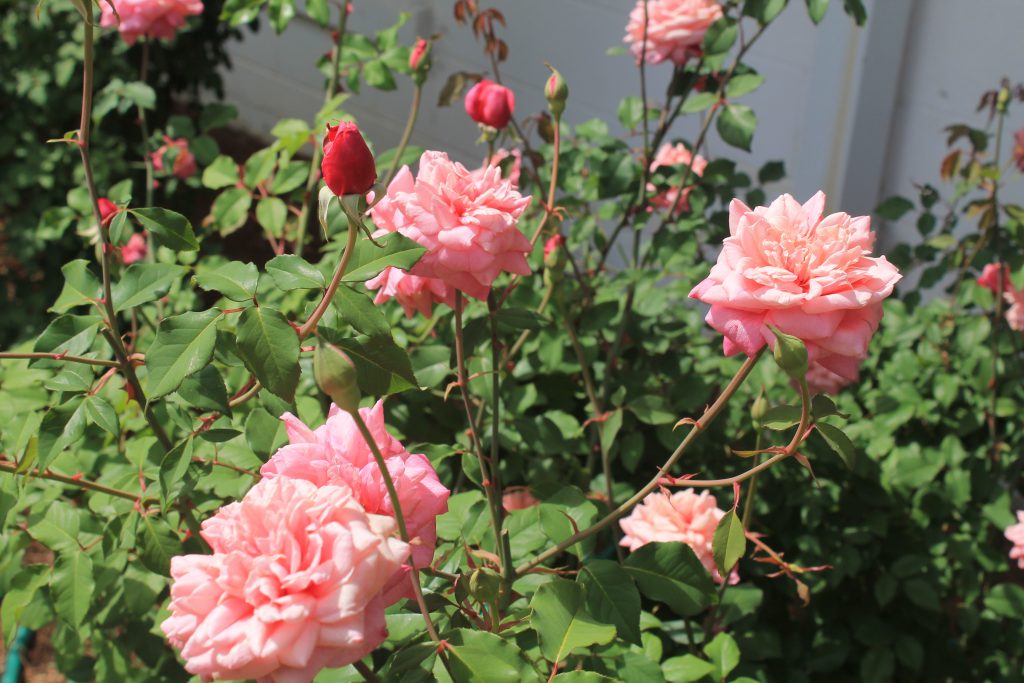
Monsieur Tillier – Tea rose from the late 1800s. A good choice where a large, free-flowering shrub is needed – Image Credit Matthew Orwat
Home Gardeners, when they think of roses, their mind inevitably turns to the ‘Knockout’ rose and its offspring. That’s fine, there’s nothing wrong with ‘Knockout’ roses, it makes a great ornamental landscape plant, and it’s easy to propagate.
With all the ‘Knockout’ mania, since the early 2000s, many garden roses, that are well adapted to the Northwest Florida climate, have been left out of the home garden to a large degree.
Several roses, which were grown in Florida commonly in the last hundred years, and recommended by former University of Florida president H. H. Hume in his book “Gardening in the Lower South,” are still grown here today. To obtain these roses gardeners must look to small nurseries scattered throughout central Florida and Alabama, or order them from larger nurseries in Texas where the “Texas A&M Earthkind Rose Program” has taken off.
Below are a few examples of easy to grow roses, that are just as disease resistant as the ‘Knockout,’ but offer more variety in color and form that home gardeners might enjoy as much as or more than ‘Knockout’. They have been grown successfully throughout southern Texas for over 30 years, and at the Washington County Extension Office for the past seven years without spraying fungicides or insecticides. Several of these cultivars were also involved in a 3-year rose trial at the UF/IFAS North Florida Research and Education Center, in Quincy.
One caveat I have regarding these roses is that disease resistance is lessened when irrigated with overhead irrigation. Even the most disease resistant roses will develop issues if leaves are constantly left wet.
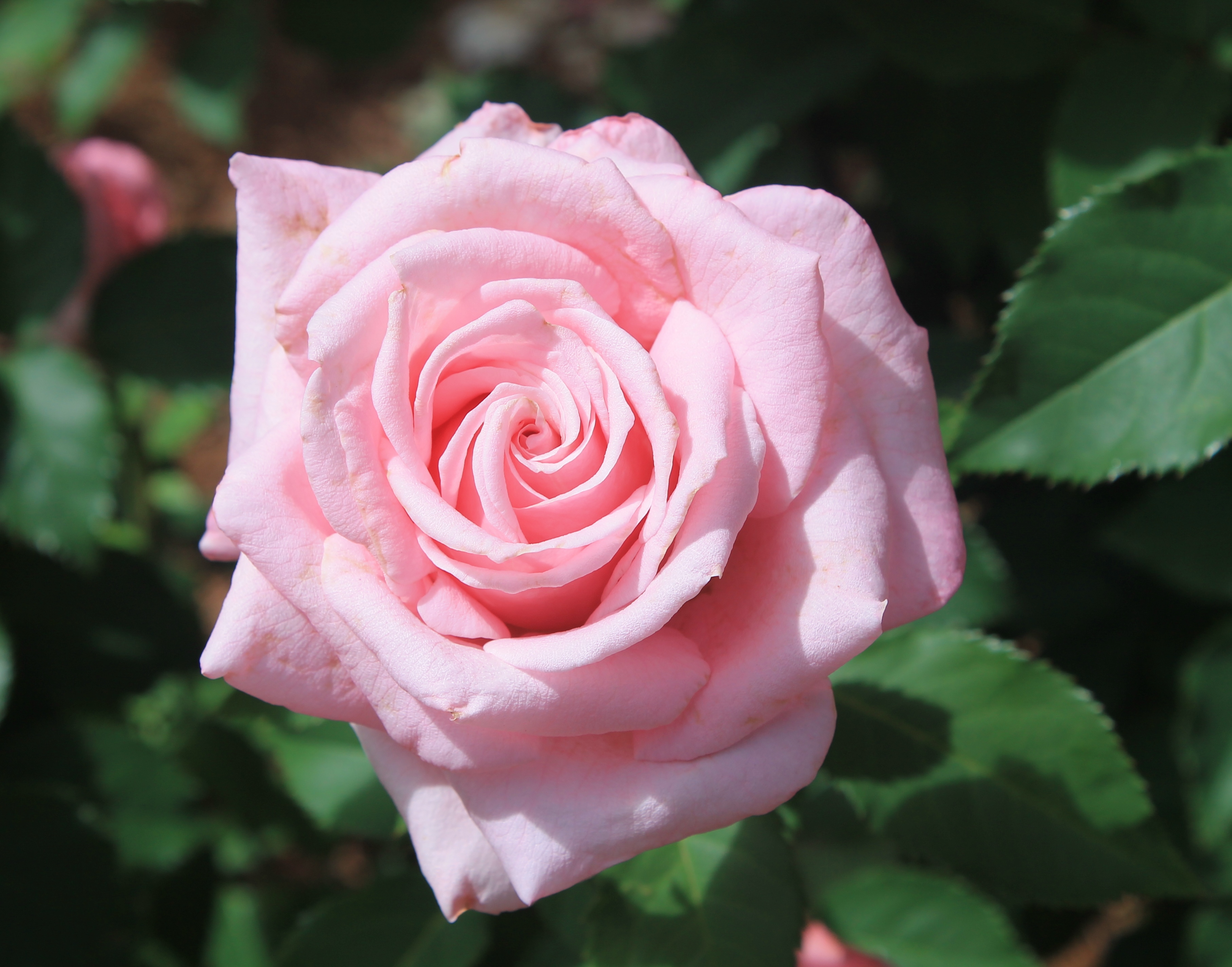
Belinda’s Dream makes a moderately sized shrub and produces large flowers, especially in the spring and fall. Image Credit – Matthew Orwat
‘Belinda’s Dream’
‘Belinda’s Dream‘ was bred by Texas A&M Professor Robert Basye in 1988, as a culmination of years of intense breeding and selection for disease resistant landscape and cut flower roses. It makes a 4-5 foot shrub that grows about 3 feet wide. Apple-green foliage clothe its pleasing shrub form. It’s free flowering but not overly vigorous, so it’s easy to keep in bounds. Disease resistance is high, there’s rarely any blackspot of note, under no-spray conditions, and only slight powdery mildew in a few years when conditions are favorable for fungus development.
In cool spring or fall conditions, the clear pink flowers can top six inches in diameter, and contain over 200 petals, but regular hot conditions during the summer usually reduce flower size to four inches. This rose loves to be part of mass plantings, particularly when planted 3 feet apart in a triangular formation. It has a reputation as being moderately easy to propagate.
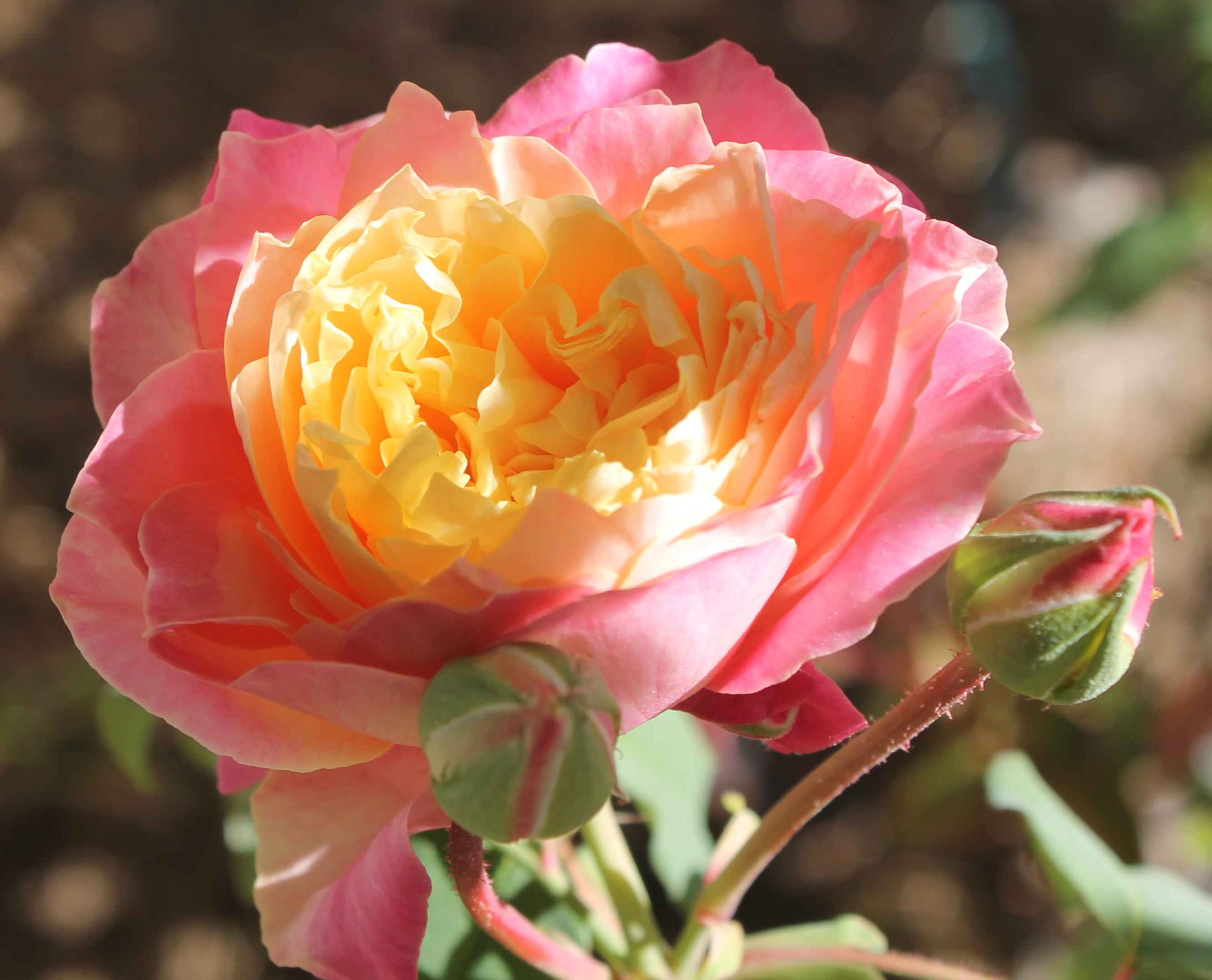
Rosette Delizy is very colorful and disease resistant. A great addition where a spot of color is needed – Image Credit Matthew Orwat
‘Rosette Delizy’
‘Rosette Delizy‘ is a French Tea rose that was introduced to the U.S. nursery trade in the mid-1920s. Since it was bred before the days of modern fungicides, it sports excellent resistance to disease. It shows no powdery mildew, and only the occasional leaf with blackspot under no-spray conditions.
This is strictly a rose for the coastal south, since it does not like cold temperatures, and cannot thrive north of zone 7b without protection.
Color is striking, opening yellow with petal edges changing to pink as the flowers age. Cooler weather brings out deeper russet and maroon tones. It has a light “tea” fragrance. This mannerly shrub gets 4-5 feet tall and 3-4 feet wide. It requires very light pruning, and can actually be killed from heavy-handed gardeners with shears in hand. Minor flaws noted in this rose are that it is somewhat sparsely foliated, and somewhat difficult to propagate.
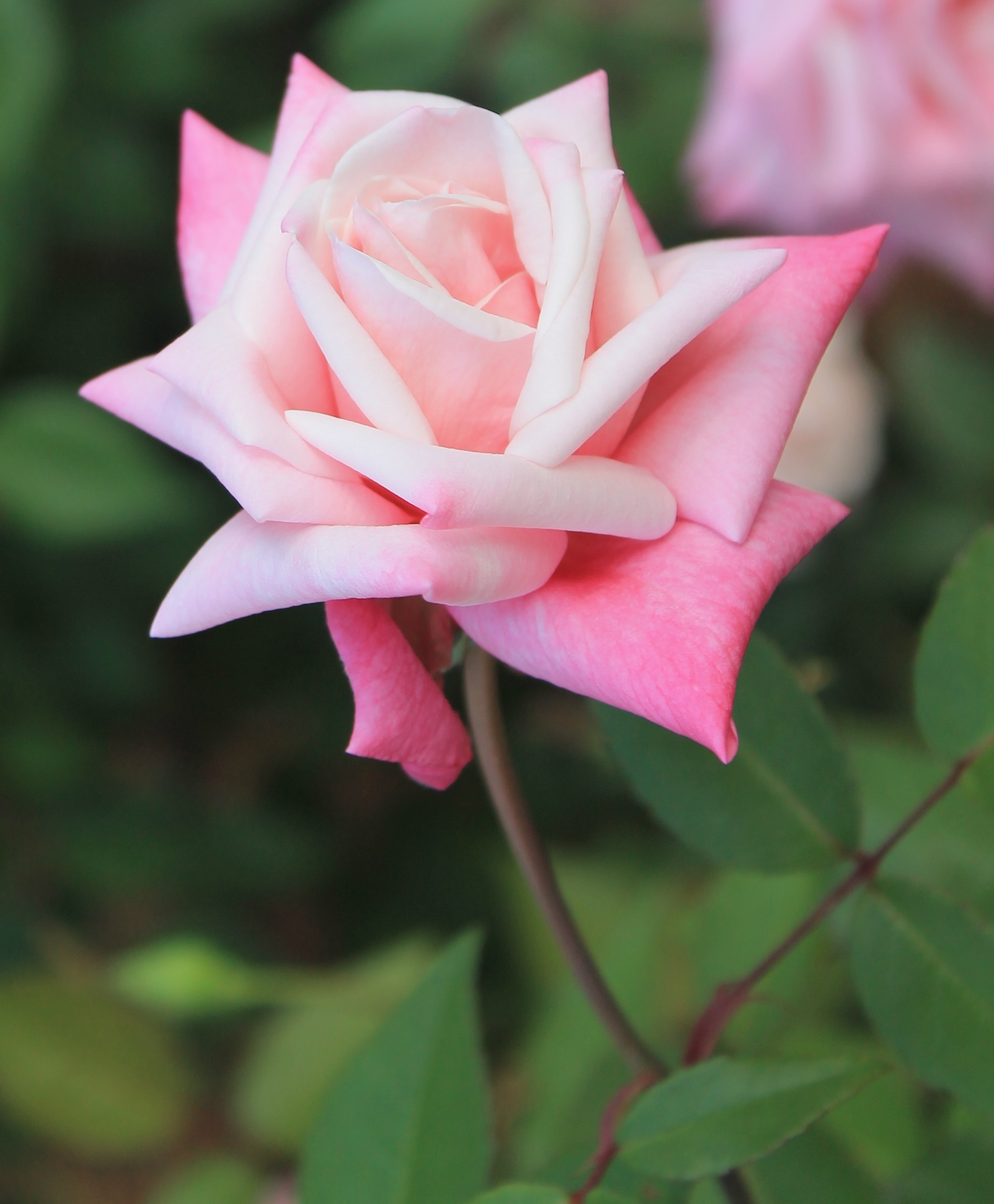
Madame Antoine Mari – The perfect buttonhole rose produces flowers with delicate, soft colors perfect for arranging. This rose is a mannerly grower suitable for smaller landscapes. Image Credit Matthew Orwat
‘Madame Antoine Mari’
‘Madame Antione Mari’, a Tea rose, was introduced in 1900 when the buttonhole rose was all the rage. Massive quantities of perfectly formed delicate buds of pink and ivory quickly open into 3 inch flowers that decorate the bush like butterflies fluttering in the wind. Re-bloom is fast. Additional interest in the landscape is created by the deep red color of new foliage.
This makes a mannerly shrub for the small landscape, easily kept at 3-4 feet tall, and 5-6 feet wide by light pruning. Disease resistance is above average in a no-spray garden, with very low blackspot infection rates, and only occasional powdery mildew. This rose has been found to be easily propagated with the author reaching near 100% success rate.

Mrs. B. R. Cant at the Quincy rose trial in 2013.
‘Mrs. B. R. Cant’
No mention of easy to grow roses is complete without the mention of ‘Mrs. B. R. Cant’. In the trials UF/IFAS horticulturists performed at Quincy and Plant City, this variety was rated the best performer. It has been in continuous cultivation since 1901, and is often found at old home sites and gardens in Washington County.
This makes a large garden rose, easily topping 8 feet in height, and just as wide. Deep pink flowers are borne profusely from March to first frost. Disease resistance is outstanding, and it’s easy to propagate. Plants are densely clothed in medium green leaves. This rose is often grown in hedges as a substitute for a fence. One of the best all-around garden roses for the gulf south.
Nursery Availability
I provide presentations at workshops on these roses multiple times a year, throughout the Florida Panhandle. The recurring question I get is, “Where are these roses available locally?” Hopefully this article will inspire some local gardeners to try these easy to grow roses, and others, since these are just a few of the roses available that do very well in North Florida under no spray conditions. If you are interested in more information, contact, Matthew Orwat at UF/IFAS Extension Washington County.
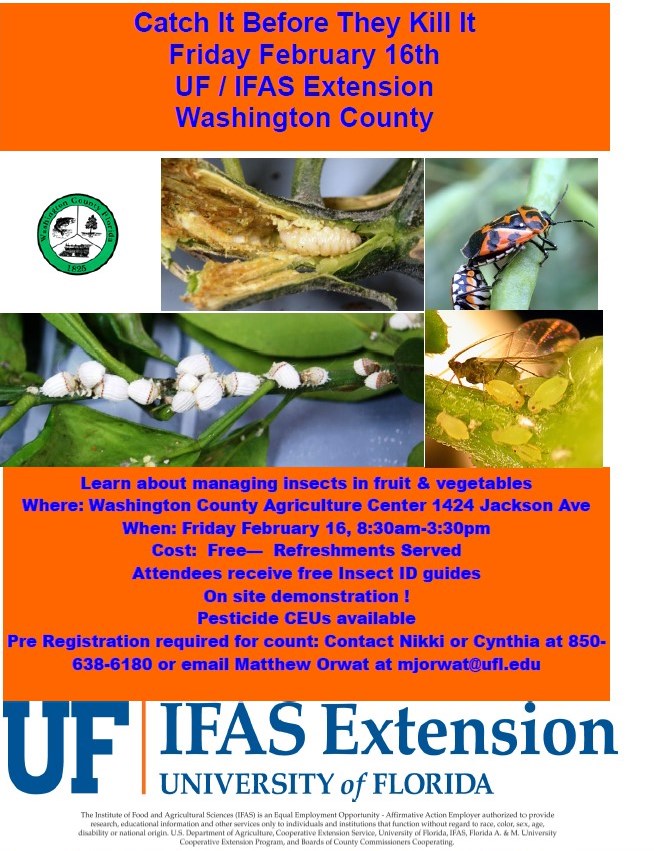
by Matthew Orwat | Jan 23, 2018
Please join us for an informative workshop to learn about managing insects in fruit & vegetables. You will learn how to identify common insect pests, control insect pests and submit samples for diagnosis from University of Florida / IFAS specialists. Attendees will receive free Insect ID guides and participate in an on-site demonstration ! Pesticide CEUs will be available for license holders as well. This workshop Washington County Agriculture Center 1424 Jackson Ave., East wing. it will be Friday February 16, 8:30am-3:30pm and there is no cost. Pre-Registration required for count: Contact Nikki or Cynthia at 850-638-6180 or email Matthew Orwat at mjorwat@ufl.edu

Agenda
Welcome 8:30am-8:35am
Matthew Orwat, Washington County Cooperative Extension
Introduction 8:35am-8:40am
Amanda Hodges, University of Florida
True bugs in Spring Vegetables-Identification and Management 9:00am-10:15am
Amanda Hodges and Ploy Kurdmongkoltham, University of Florida
Cowpea Curculio 10:15am-10:30pm
Ploy Kurdmongkoltham and Amanda Hodges, University of Florida
Break 10:30am-10:45am
Whitefly Management 10:45am-11:10am
Matthew Orwat, Washington County Extension
Importance of Invasive Species to North Florida Vegetable Production 11:10am-11:30am
Amanda Hodges, University of Florida
Invasive Stink Bugs and Related True Bugs 11:30am-11:50pm
Brown Marmorated Stink Bug, Bagrada Bug, and Kudzu Bug
Amanda Hodges, University of Florida
Lunch 11:50pm-12:30pm
Tomato leafminer Tuta absoltua 12:30m-12:45pm
Brad Danner, FDACS-DPI Survey Specialist
Old World bollworm and Exotic Spodoptera Pests 12:45pm-1:05pm
Silvana Paula-Moraes, University of Florida
Common Vegetable Plant Diseases in the Florida Panhandle
curcubits and hands on samples 1:05pm-1:35pm
Sanju Kunwar, University of Florida
Pest and Pathogen Walk 1:35pm-2:05pm
CAPS Exotic Corn Diseases of Concern 2:05pm-2:35pm
Brad Danner, FDACS-DPI Survey Specialist
Sample Submission, Arthropod and Disease samples 2:35pm-2:50pm
Ploy Kurdmongkoltham and Amanda Hodges, University of Florida
Conclusion and Post-Workshop Survey 2:50pm-3:15pm
Amanda Hodges, University of Florida
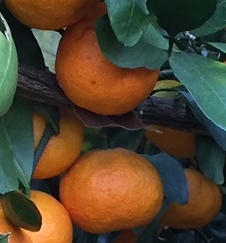
by Matthew Orwat | Jan 4, 2018
Every winter season in the Florida Panhandle is different. It can be wet or dry, frigid cold or unseasonably warm. We may have early frosts and early springs, or cold snaps in late march after fruit trees flower.
While we cannot determine the exact time to prune the dooryard fruit trees in our rather variable region, here are some tried and true guidelines for pruning the most popular edible garden plants in northwest Florida.
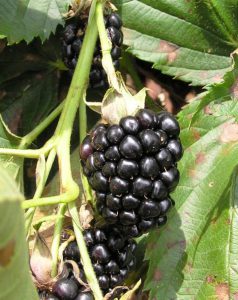 Blackberries
Blackberries
Blackberries are unusual in that they do not build a large structure and fruit for years on the same branches (in general). They actually fruit on previous years’ growth which then die after fruit production. The canes that produce fruit are called the floricanes. As the floricanes are producing fruit, the blackberry plants are growing primocanes. These are the new canes that will produce fruit for the next season. By then, these canes will have matured in to floricanes. A few new blackberry cultivars exist that produce fruit on new growth as well, but most Florida adapted cultivars are of the standard type. For pruning purposes, it is best to remove the floricanes just after fruiting, but be sure not to cut the new growth (primocanes) because that wood will bear next year’s fruit. For more information about the blackberry, please see publication HS807.
Blueberries
With blueberries older canes need to be removed to make room for younger, more productive canes. When a plant reaches four to five years old it is permissible to remove about 1/4–1/5 of the oldest canes each year which amounts to about one to three of the oldest canes. Performing this task will ensure that no cane is more than three or four years old. Thus, blueberry plantings will be in a constant state of renewal and not become excessively woody and nonproductive. To keep plants from becoming too tall, mature plants can be topped in the summer directly after fruit harvest. Removal of a few inches to a foot, depending on the cultivar, will stimulate the new growth that will bear the next year’s fruit. See CIR 1192 for more information
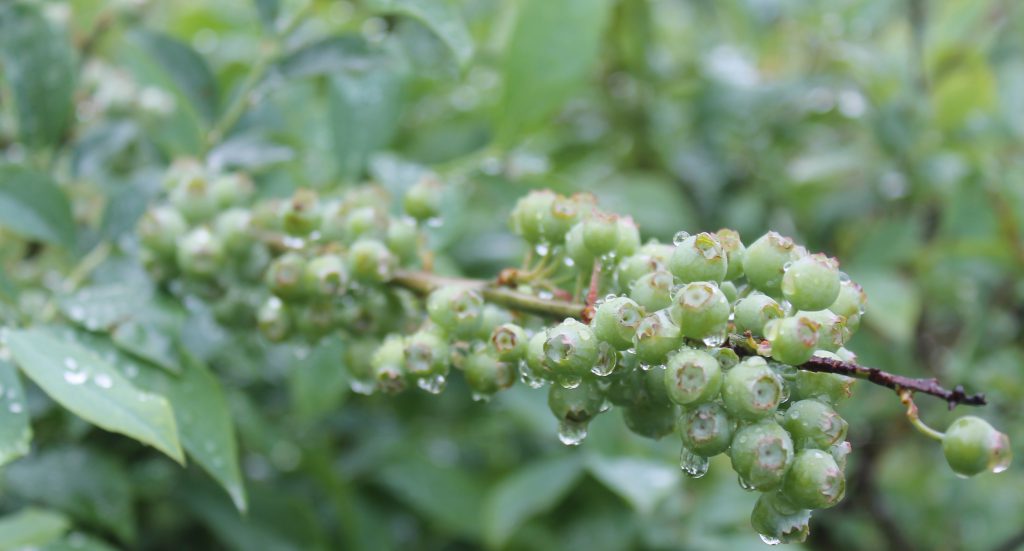
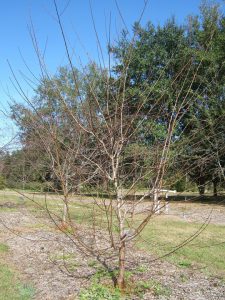 Temperate Fruit Trees
Temperate Fruit Trees
Pruning of temperate fruit trees (Peaches, Apples, Pears, Persimmons) should be done during the winter dormant period in most cases. This period, generally between December and February allows for some latitude. Pruning later in the dormant season is better in most seasons since trees are more susceptible to freeze damage after pruning, and pruning stimulates the growth of the trees. In Northwest Florida, a February pruning is usually most desirable, depending on the season (namely average high temperatures). Pruning for shape is also done in the summer months if necessary. This task should be limited to removing excessive growth and dead / diseased wood. See HS1111 and HS14 for more information.
Muscadines
Once harvest concludes, it is usually a grower’s natural inclination to immediately prune their muscadine vines. Pruning after harvest in early fall is not, however, best for maintaining plant condition and optimizing next year’s yield, especially if there is an early frost. Early frosts can surprise the plant before sugars have been moved to the roots for storage during dormancy. Therefore, waiting to prune in mid-January to mid-March will ensure that the vine has had adequate time to go dormant and acclimate to the winter season. For more information please see this article titled “Tips for Properly Pruning Muscadines”.
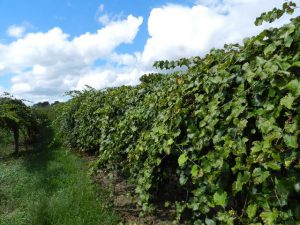
 Citrus
Citrus
Pruning is not necessary for citrus in every case, as it is in many temperate fruits, to have excellent production quality and quantity. Citrus trees perform excellently with minimal pruning. The only pruning necessary for most citrus is removing crossing or rubbing branches while shaping young trees, removing dead wood, and pruning out suckers from the root-stock. Homeowners may choose to prune citrus trees to keep them small, but this will reduce potential yield in a commercial setting, since bigger trees produce more fruit.
Often, maturing Satsuma trees produce long vertical branches. It is tempting to prune these off, since they make the tree look unbalanced. To maximize yield, commercial Satsuma growers allow these branches to weep with the heavy load of fruit until they touch the ground. This allows increased surface area for the tree, since the low areas around the trunk are not bare. Additionally, weeds are suppressed since the low branches shade out weed growth. The ground under the trees remains bare, thus allowing heat from the soil to radiate up during cold weather events. The extra branches around the trunk offer added protection to the bud union as well. If smaller trees are desired for ease of harvest, ‘flying dragon’ root-stock offers dwarfing benefits, so that the mature scion cultivar size will only grow to 8-10 feet tall.
Fig
Figs should be pruned after fruit production, which usually occurs in early summer. In the winter it is fine to remove dead or diseased wood, but drastic trimming will reduce yield since fruit is borne at the terminal of the previous year’s growth. For more information, please consult publication HS27.
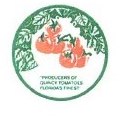
by Matthew Orwat | Dec 1, 2017
Gadsden Tomato Forum December 7 2017. 8:00am-2:00pm
At the North Florida Research and Education Center (NFREC)
155 Research Rd, Quincy, FL 32351
For more information contact
Shep Eubanks
Phone: (850) 875-7255
bigbuck@ufl.edu
